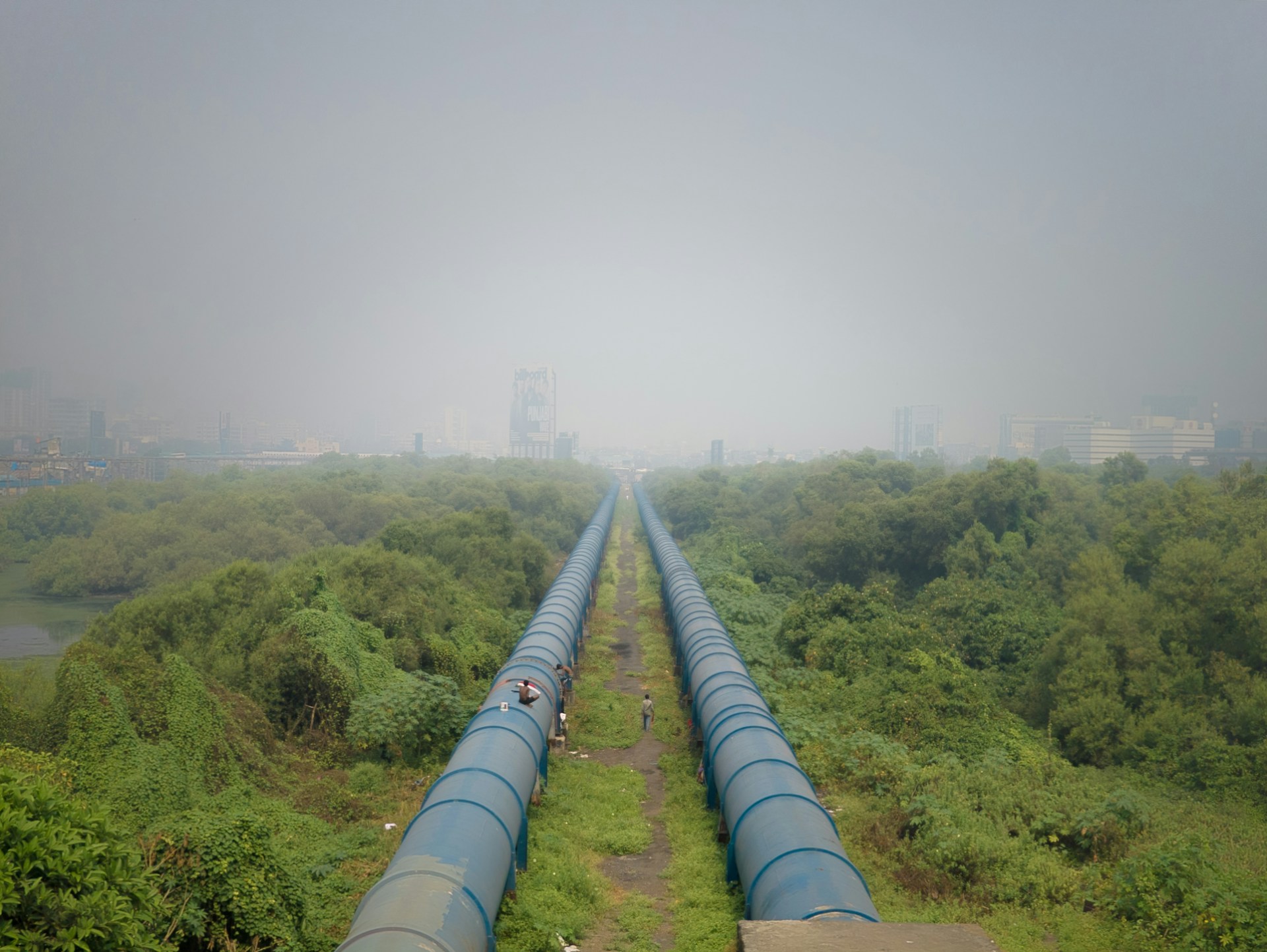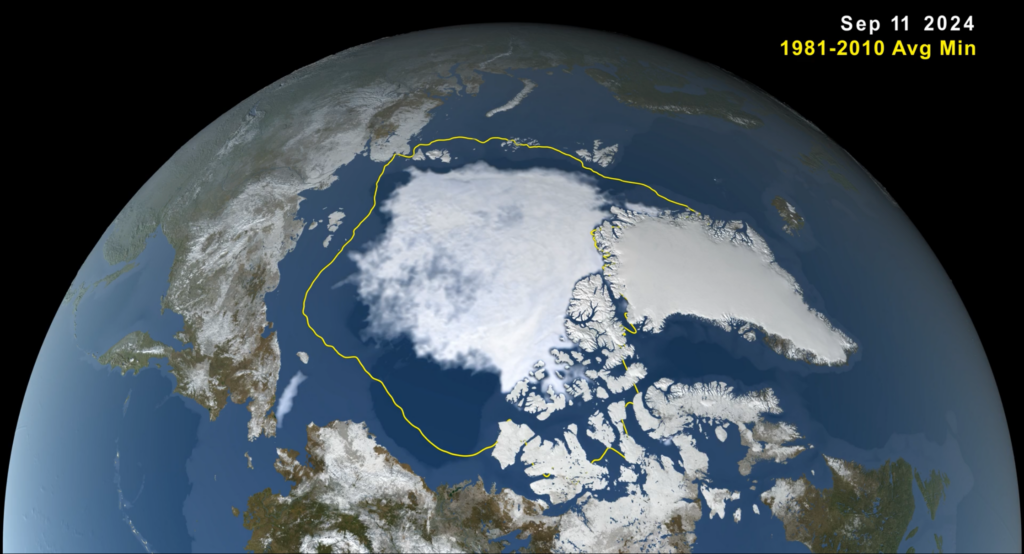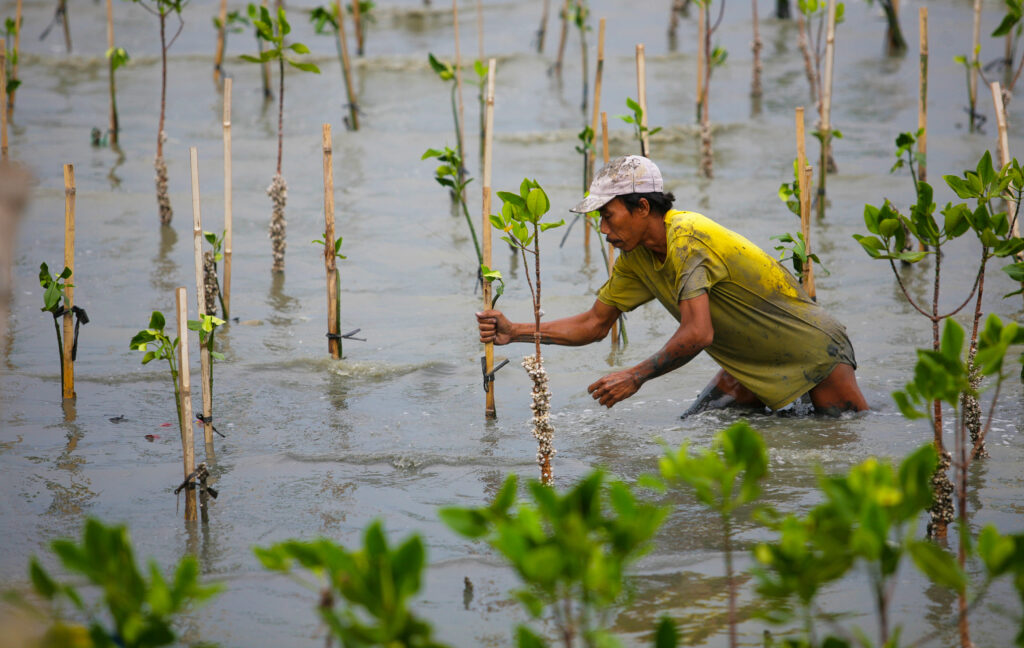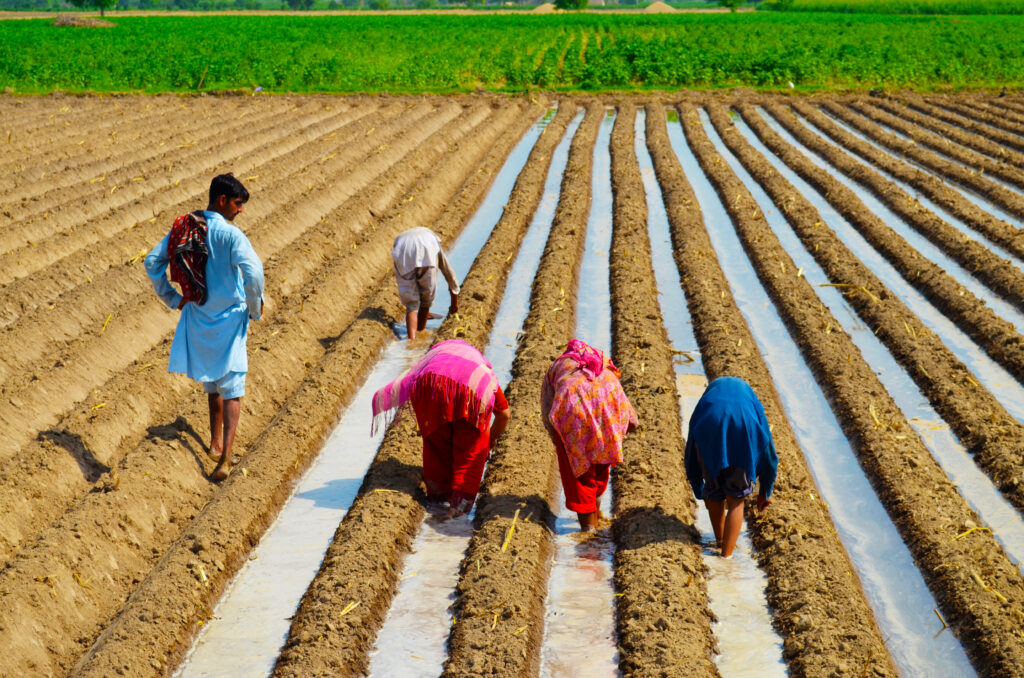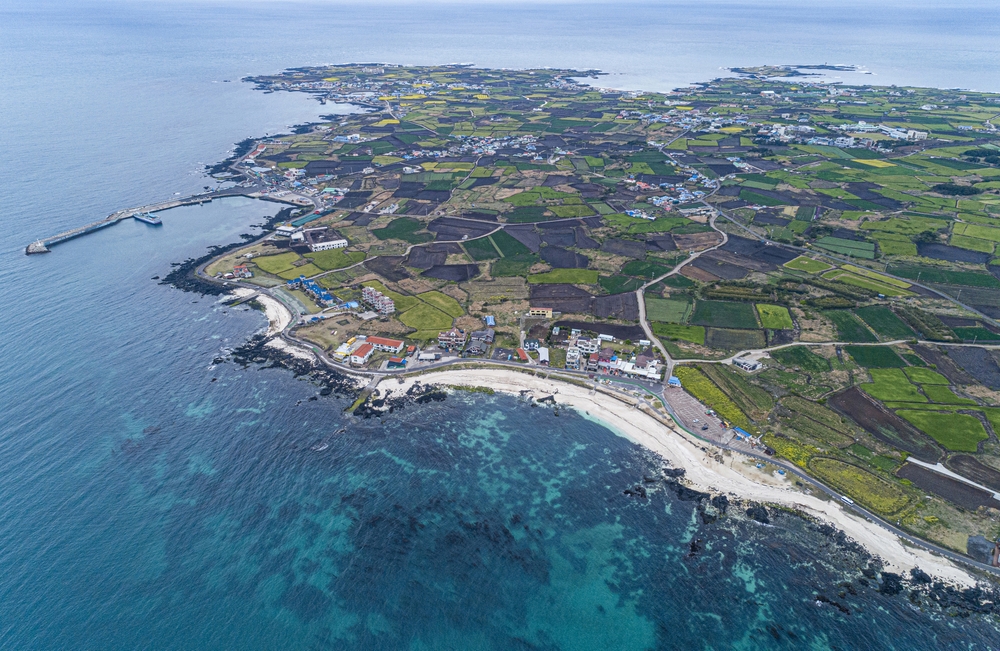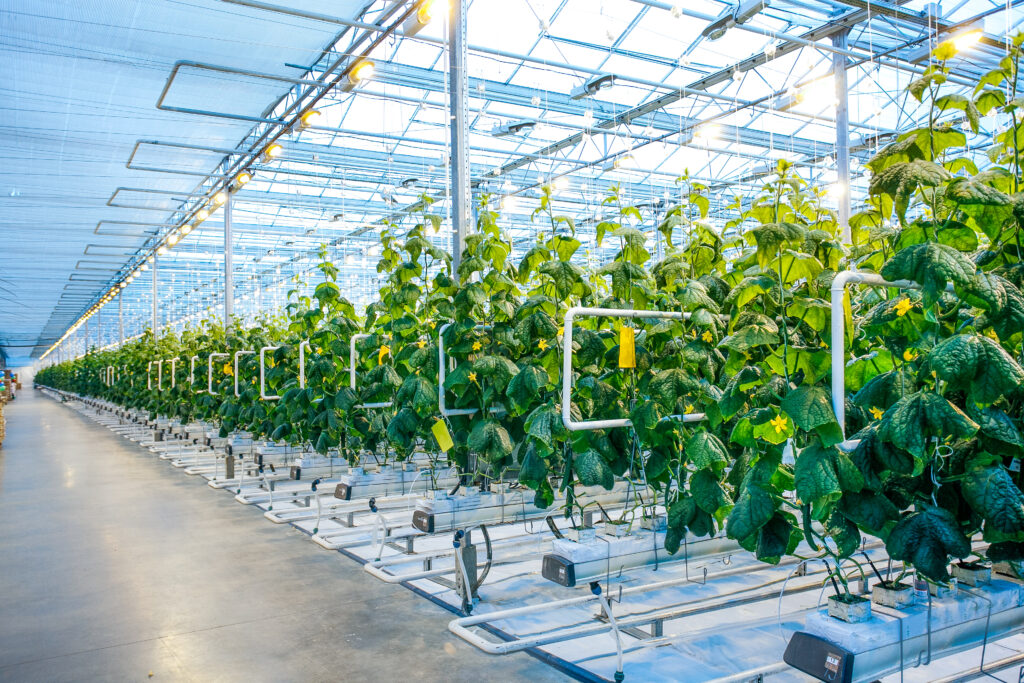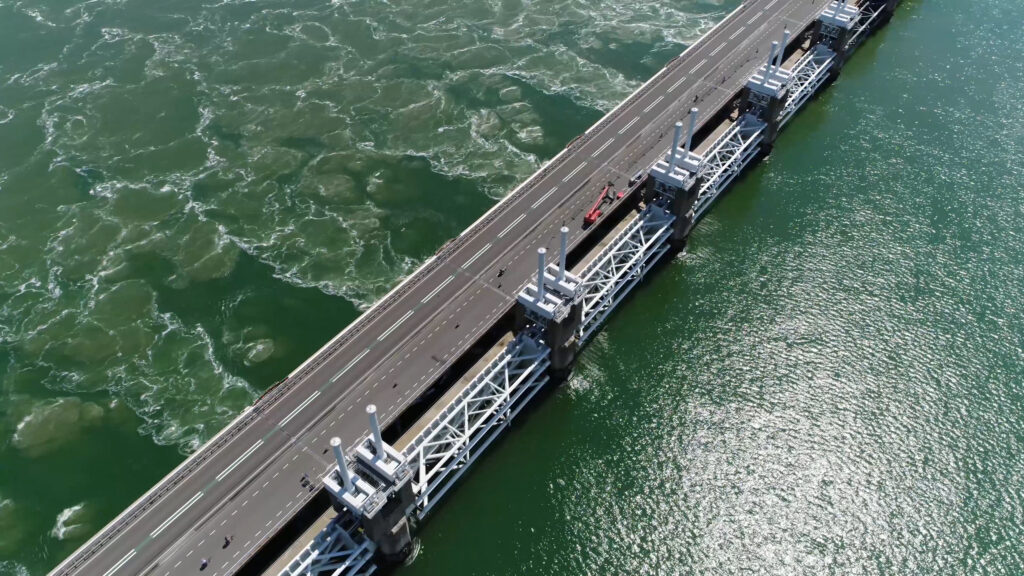Health and environmental impacts of carbon capture and storage are quite devastating. A greenish-colored cloud made its way from the wooded hills to the quiet town of the quiet American town of Satartia, Mississippi, on February 22, 2020. As the cloud settled above the town residents began reporting difficulties breathing. First responders arriving at the scene found people gasping for air, shaking and collapsing in their homes. Drivers in their cars also reported being disoriented.
Later on, the cause of the incident became clear. A pipeline carrying highly pressurised carbon dioxide (CO2) had burst, with the gas quickly displacing the oxygen in the town and causing mass asphyxiation.
The aftermath: 200 people were evacuated and 45 hospitalised. Some residents reported mental fogginess, lung dysfunction, chronic fatigue and stomach disorders months after the incident.
The pipeline in question is similar to those that carbon capture and storage systems (CCS) use. CCS has often been in the spotlight as a technology proposed to play a pivotal role in the fight against climate change. However, the focus has been mostly on its economic reasoning and decarbonisation potential. Yet, the incident is a real-life example of the health and environmental consequences of CCS, both crucial for consideration by the countries willing to invest in the technology.
What Is Carbon Capture and Storage (CCS) and How Does it Work?
Carbon capture is a catch-all term for technologies that trap and store CO2. The carbon can be sucked from the atmosphere through direct air capture or captured upon release from fossil fuel power stations or heavy industry plants. While some of the CO2 can be reused, the majority is typically compressed, transported and then injected back into geological formations in the ground or oil and gas reservoirs.
In CCUS systems, it can also be utilised as industrial feedstock, in enhanced oil recovery or in products ranging from concrete and chemicals to synthetic fuels.
The entire CCS process is logistically complicated and requires building long transmission pipelines. While CO2 can be transported both in gas and liquid form, the latter is more economically viable, taking 590 times less space for the same number of kilograms.
Asia’s Plans For Carbon Capture and Storage Investments
Currently, China is the leading hotspot for CCUS project development in Asia, with nearly 100 projects in operation or under construction. However, other Asian countries also have ambitious plans.
Indonesia and Malaysia are also seeking to build capacity for capturing and storing carbon to serve as regional storage hubs for neighbouring countries.
Furthermore, ASEAN countries are also looking at cross-border carbon transport and storage. Meanwhile, many have reiterated their commitment to reducing carbon emissions through clean coal technology and CCUS, mainly under the influence of Japan.
According to McKinsey, the APAC region, as a whole, could account for 55% of the global CCUS capacity by 2050.
Wood MacKenzie estimates Asia’s cumulative CCUS capacity will reach above 90 million tonnes by 2030. For reference, the current global CCUS capacity is around 63 million.
The Hidden Costs of CCS Projects
While there are over 500 projects in the pipeline, today, only around 40 commercial CCS sites operate globally. Moreover, several high-profile projects have been abandoned or shuttered due to uncertain economics and technological complexity.
The economic deficiencies of CCS are well-documented. However, the technology’s implications on the environment and human health have remained far from the spotlight. And these are too many to ignore.
The conclusion from a 19-month investigation by HuffPost and the Climate Investigations Center into the Satartia pipeline rupture was that “such pipelines pose threats that few are aware of and even fewer know how to handle”.
A cohort of over 500 organisations in the US and Canada have already launched a campaign and sent letters to policymakers to scrap CCS projects due to economic, environmental and health concerns.
Environmental Impacts of Carbon Capture and Storage
The risks at CO2 storage sites relate to leaks and their negative impacts on surrounding ecosystems and water. A study examining 112 accident records at CO2 pipelines in the US identifies equipment failure as the most common reason for leaks. According to some estimates, in the case of mass CCS adoption, even a 0.1% leakage rate could cause up to 25 gigatonnes of additional CO₂ emissions in the 21st century.
However, CO2 isn’t the only harmful gas that can escape in case of a leak. CCS sites can also emit methane, NOx, PM 2.5 and SO2. All of them pose a threat to the environment.
Moreover, each stage of CCS technology requires its own energy source, generating additional CO2 and other co-pollutants. CO2 capture also requires significant amounts of water and increases water pollution, often in areas already facing water scarcity.
Furthermore, CO2 use at fossil fuel sites like oil fields in the US, for example, has been a reason for a series of blowouts, which have contaminated the air and led to the loss of wildlife.
Initial studies suggested that pumping CO2 into the ground also elevates the risk of earthquakes, although later analyses note that this can be limited by carefully choosing the storage site or using specific methods.
In the case of offshore CCS, the Center for International Environmental Law warns that there are risks that the technology could cause irreversible harm to the ocean simply through the laying of undersea pipelines. Even without leaks, the process risks disturbing coastal and marine environments. In case of a leak, the emitted CO₂ could hurt sensitive marine organisms and make the surrounding sea water more acidic.
Health Risks
While ambient CO2 is colourless, odourless and generally harmless, when concentrated, as in the case of CCS pipelines, it works as an asphyxiant. Alternatively, it reduces or displaces the normal oxygen concentration and causes breathing difficulties.
According to the Oakland Institute, CCS poses significant public health risks. Their types and magnitude depend on the stage of the CCS process – whether at the capture or storage site or during transportation.
Liquefied, concentrated CO2 is transported in a highly pressurised state. Any pipeline rupture results in an explosive release of an extremely cold (less than -70°C), powdery mass of liquid CO2, as in the case of Satartia.
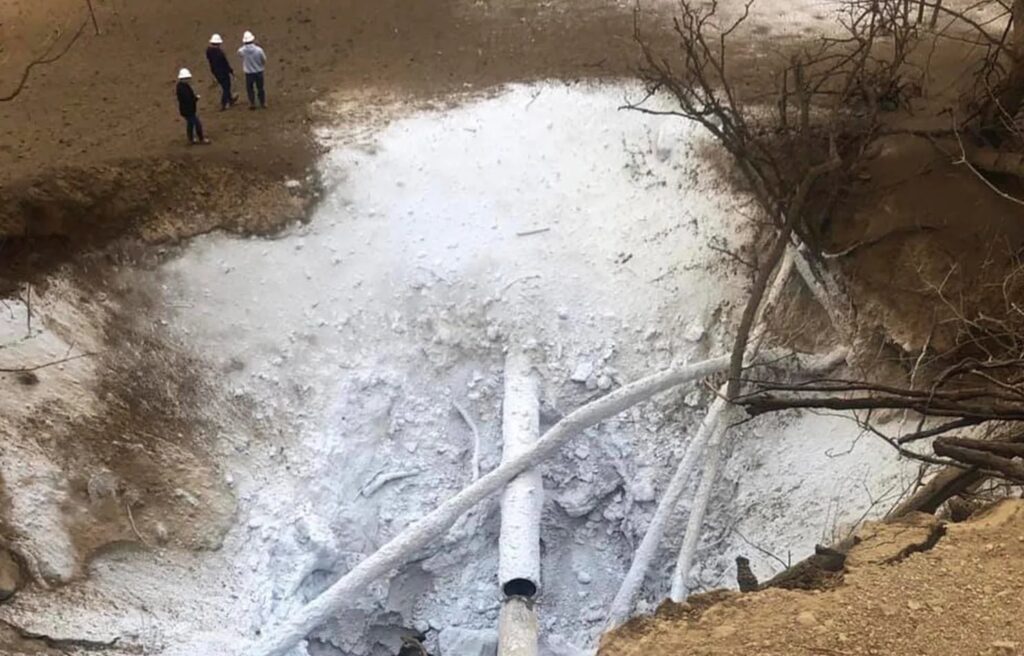
The released CO2 forms ground-hugging clouds of gas and small particles that spread until the supply is turned off. Research shows that, at a concentration of 4% or higher, CO2 is immediately dangerous to life and health. As the concentration of CO2 in the air rises, it can cause headaches, dizziness and confusion. A concentration of 10% causes unconsciousness within one minute.
Furthermore, as a technology, CCS doesn’t capture toxins and pollutants like NOx, SO2, mercury and PM2.5 from fossil fuel plants. The health risks associated with them include airway inflammation, cardiovascular diseases, cognitive decline, cancer, premature death and more.
Efficiency Issues and Prolonging the Life of Fossil Fuels Plants
CCS has been around since the 1970s, yet it still faces efficiency challenges. While most projects claim to remove 85-95% of carbon emissions, Stanford scientists estimate that the actual efficiency can be as low as 10-11%. Other studies point out even lower figures like 7%, for example. After conducting data analysis on CCUS equipment, researchers found that the equipment only captured around 20-31% of CO2 over a 100-year period.
Today, the existing CCUS infrastructure captures just around 0.1% of emissions. Estimates reveal that if all projects in development were complete, the total CCUS capacity would be sufficient to capture up to 0.7% of today’s global emissions. Bloomberg NEF estimates that even at an 18% compound industry annual growth rate, by 2035, CCS would only capture around 1.1% of annual global emissions.
Furthermore, according to the IEEFA, most of the CO2 captured to date has been used for additional fossil fuel extraction.
The case would be no different when it comes to Southeast Asia’s flagship project, which would be the largest offshore CCS project in the world, aiming to capture 3.3 million tonnes of CO₂ a year. Located around the Kasawari gas field off the coast of Borneo in east Malaysia, it is scheduled to commence operations by the end of 2025. While the government describes it as a model CCS project that will help in the battle against climate change, the plans of Petronas, the project’s developer and investor, also include recovering natural gas.
CCUS’ limited efficiency and the fact that the captured CO2 is often reused for fossil fuel exploration contribute to the argument that CCUS systems may actually increase emissions. If CCUS applications extend beyond aiding hard-to-abate sectors, they risk perpetuating fossil fuel use.
The Role of Carbon Capture and Storage Should Complement the Transition, Not Lead It
Stanford scientists warn that the social cost, including equipment, health and climate costs, of using carbon capture at a coal plant is higher than simply not using it. Alternatively, the technology does more harm than good.
The economic and decarbonisation deficiencies, paired with the health and air quality risks, cement the role of CCUS as a complementary technology for use mainly in hard-to-abate sectors. The technology has too many risk factors to warrant widespread adoption.
This is critical for Asia. The emissions intensity of Asian economies is 41% higher than the rest of the world. The region often tops the charts for the worst air quality and is among the most exposed to climate change. Considering the strong scientific arguments that expensive technologies like CCS will not only fail to solve but worsen Asia’s existing problems, investing in such projects is a recipe for disaster.
Viktor Tachev
Writer, Bulgaria
Viktor is a writer that specialises in green finance and ESG investment practices. He holds a Master's degree in financial markets and has over a decade of experience working with companies in the finance industry, along with international organisations and NGOs. Viktor is a regular contributor to several publications and comments on the likes of sustainability and renewable energy.
Viktor is a writer that specialises in green finance and ESG investment practices. He holds a Master's degree in financial markets and has over a decade of experience working with companies in the finance industry, along with international organisations and NGOs. Viktor is a regular contributor to several publications and comments on the likes of sustainability and renewable energy.

